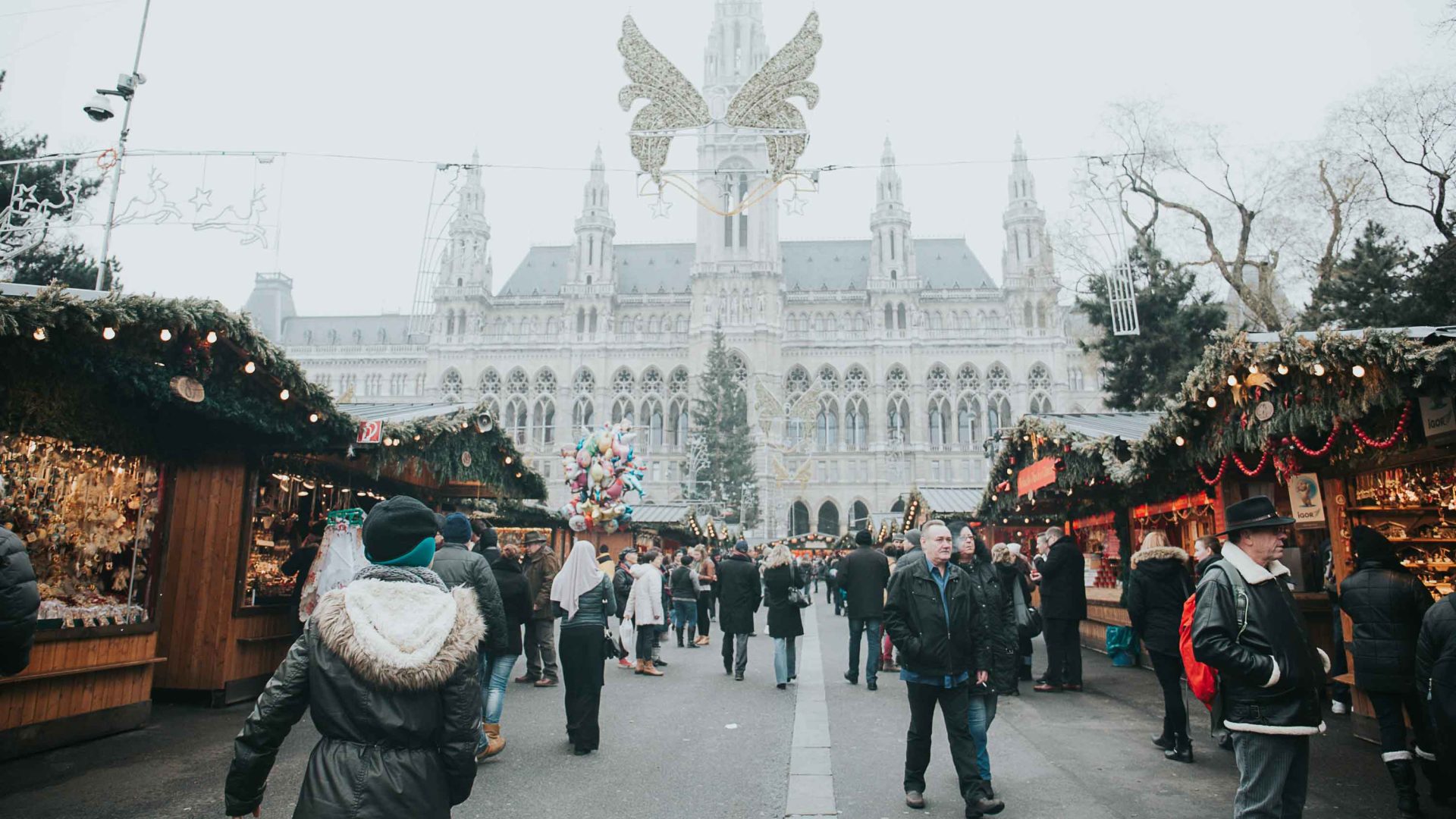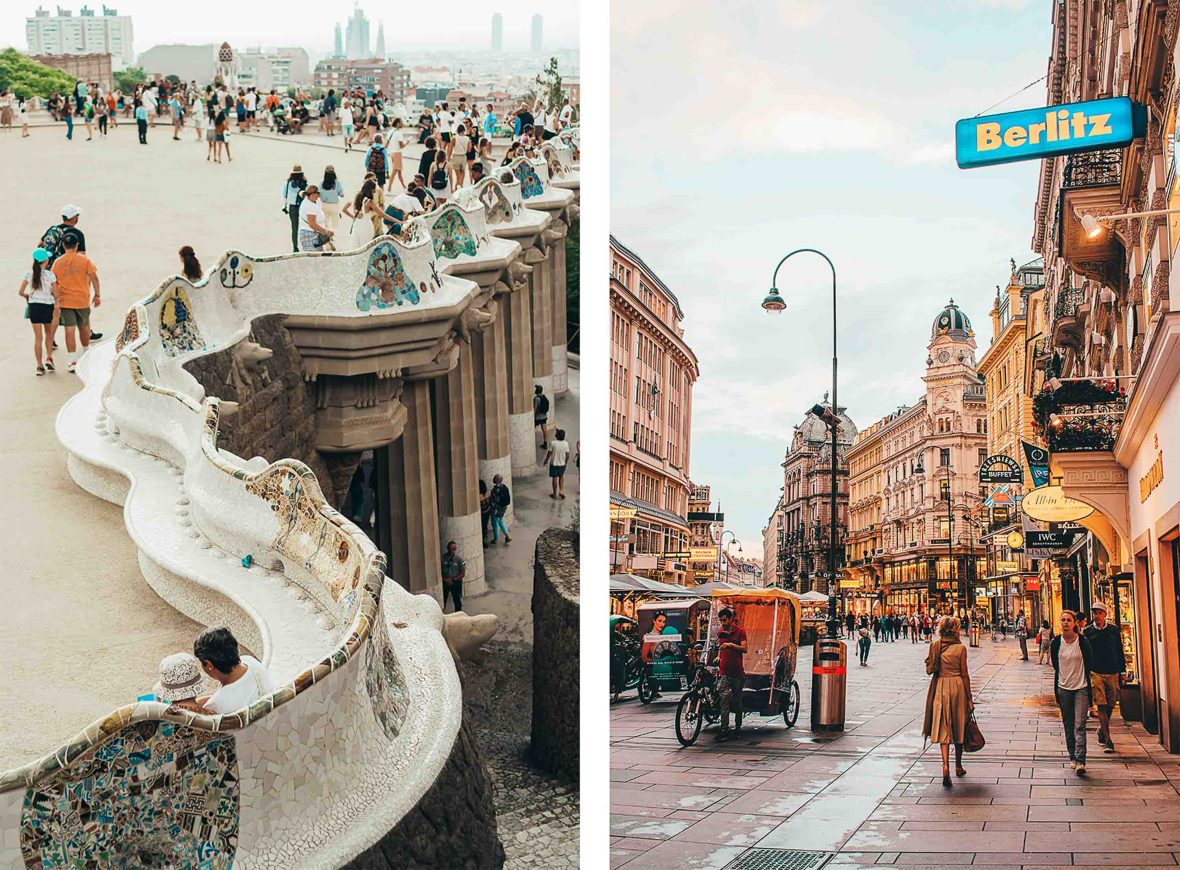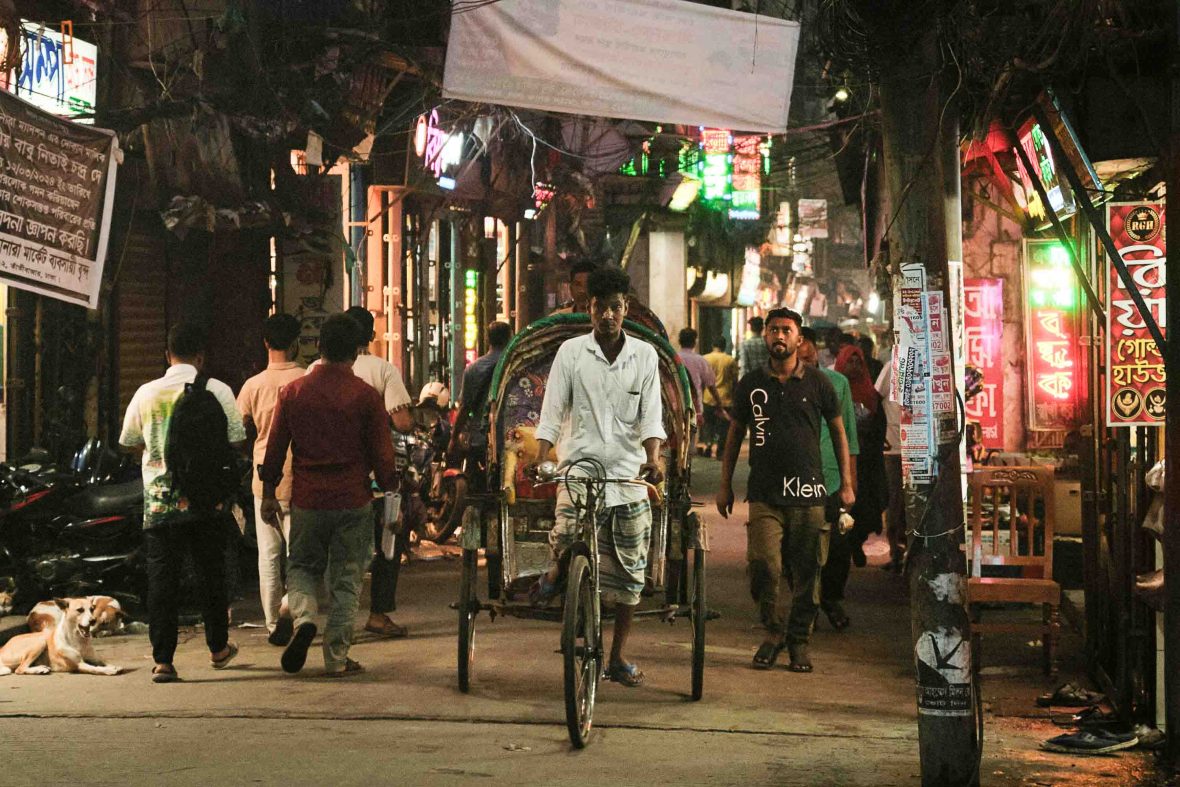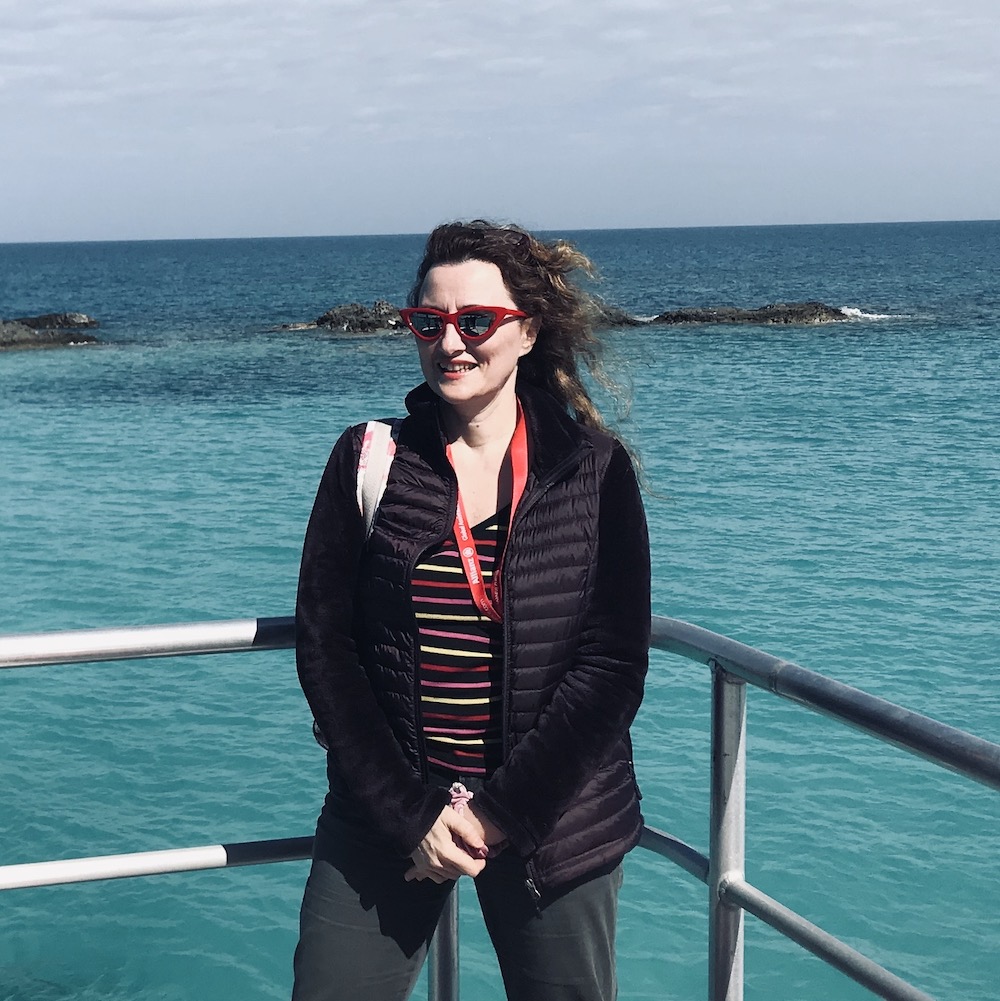
“It was the best of places, it was the worst of places…” Do travel rankings and liveability lists actually tell us anything about our diverse destinations? Writer Amy Fallon doesn’t think so.


“It was the best of places, it was the worst of places…” Do travel rankings and liveability lists actually tell us anything about our diverse destinations? Writer Amy Fallon doesn’t think so.
Having been named the ‘world’s most liveable’ city too many times to count, Vancouver already had an impressively stocked trophy cabinet when it was crowned the globe’s ‘most friendly city’ in 2019. Cut to 2022 and another poll rolls around, this time ranking Ryan Reynolds’ hometown in the worst places for expats to live. Apparently the city was now full of not-so-friendly locals.
While planning a trip to Vancouver last year, a place I’d dreamed of visiting, I pored over all these views/rankings/titles and it made me wonder—do they say more about the place or more about these lists?
Friendliest. Unfriendliest. Best. Worst. Travel listicles ranking cities and other locations continue to fuel our wanderlust (and attract clicks). The most coveted and publicized is the annual ‘Global Liveability Index’ compiled by the Economist Intelligence Unit (EIU) which assesses 173 countries against 30 indicators, ranging from infrastructure to culture.

It’s used by governments to frame policies, among other measures, and EIU stresses that it analyzes the perspective of locals alongside expats. While being a tourist is vastly different from living in a place, and can definitely skew perceptions of friendliness and other characteristics, some destinations do feature on both the ‘best places to live’ and ‘best places to travel’ lists. However, not always. Sometimes, like we are seeing with Vancouver, the intel can be very, very contradictory.
In a varied and increasingly polarized world, should we be seeking better criteria to inform tourists (and potential expats) or should we just ignore the rankings altogether and keep an open traveling mind?
I think it’s time to ditch the list.
“A city is a living place or home to people living in it. Nobody should rank anyone’s home or call it bad.”
- Ismail Hossain
Take Vienna, for example. For the third year in a row, Vienna has been named ‘world’s most liveable city’ by the EIU’s Liveability Index. The city received perfect scores of 100 for stability, healthcare, education and infrastructure—but has room for improvement in culture and environment, specifically due its lack of major sporting events.
According to these stats, Vienna is a near perfectly liveable city. And yet I recently met up with an Austrian friend who told me that many of her friends were struggling with employment. “[Vienna] also regularly gets voted the unfriendliest city,” she added.

Vienna, with its urban elegance and charming green spaces is over 4,000 miles from Dhaka, the capital of Bangladesh. There’s also quite the distance between them on the liveability/travel scale too—where Vienna sits at the top, Dhaka is at the bottom. And yet to rank a place “worst” in the world is hugely reductive.
What do those who live in the cities at the bottom of the list think? “A city is a living place or home to people living in it,” says Ismail Hossain, who I first met in Dhaka in 2016. “Nobody should rank any one’s home or call it bad.”
He points out that while Dhaka’s infrastructure might not be as efficient as Vienna’s, the city attracts tourists thanks to its unique cultural and historical sites, like its Mughal period architecture and annual Art Summit. A favorite memory of mine is time spent exploring the bustling atmosphere of Old Dhaka, a labyrinthine maze of narrow streets lined with shops and mosques, even if the traffic was like nothing I’d experienced before.
Shreyashi Dasgupta, a critical social and political geography lecturer at the University of Liverpool, has been calling out the bias in these liveability lists. Dasgupta says these lists should be used to measure cities’ workability, not just liveability. As in, do they provide access to job opportunities, labour markets, flexible housing? If so, that’s what makes some of these “worst” destinations actually very workable.

India-based Lonely Planet editor Akanksha Singh also stresses that these lists play a contributing role in overtourism. Travel listicles direct travelers to the same countries, the same cities, even the same restaurants. And in places like the Canary Islands and Venice, we’re seeing this level of overtourism directly impact local residents’ quality of life. “It’s a shame that we seem to have forgotten how individual travel needs to be” says Singh. “Especially since it prevents overtourism to the same spots.”
Singh adds: “If we have to continue with ‘best’ or ‘worst’ lists, I think these metrics, and how they’re calculated, need to be decolonised. If we’re only looking at ‘best’ cities that were built on colonial wealth, which are the ‘safest’ for a white majority, are they really the ‘best’?”
As for Vancouver being the friendliest or the unfriendliest city, one day I was trekking down its hills when a woman on the school run insisted that she give me a lift. Another day, I was being forced to vacuum my Airbnb by its owner.
My experiences have led me to believe that we should be approaching our destinations with much more nuance and empathy. After all, every place is complex and nowhere is perfect. If I’d based my travels on these lists, I certainly would have missed out on some of the most memorable, fulfilling experiences.

Amy Fallon is an Australian freelance journalist based in the UK with a special interest in social justice, human rights and international development. She has worked for many outlets including Fodor’s, the Guardian, and Sydney Morning Herald, and reported from around the world including Africa, Asia and Canada.






Can't find what you're looking for? Try using these tags: